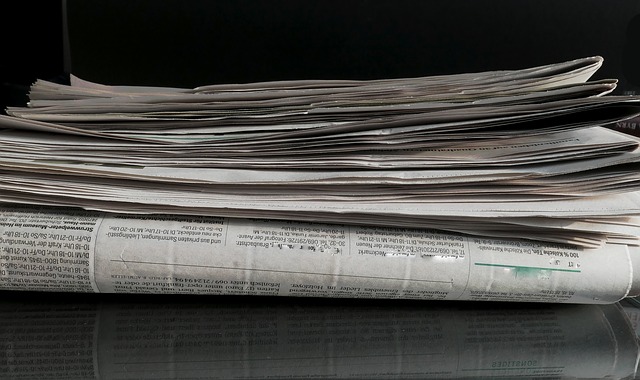Focus on Genre: Women's Fiction
Women's fiction is a literary genre that focuses on female characters and their experiences, relationships, and challenges, and is typically marketed to women. The boundary lines of where this genre begins and ends are murky, however, and the genre itself is not without controversy.
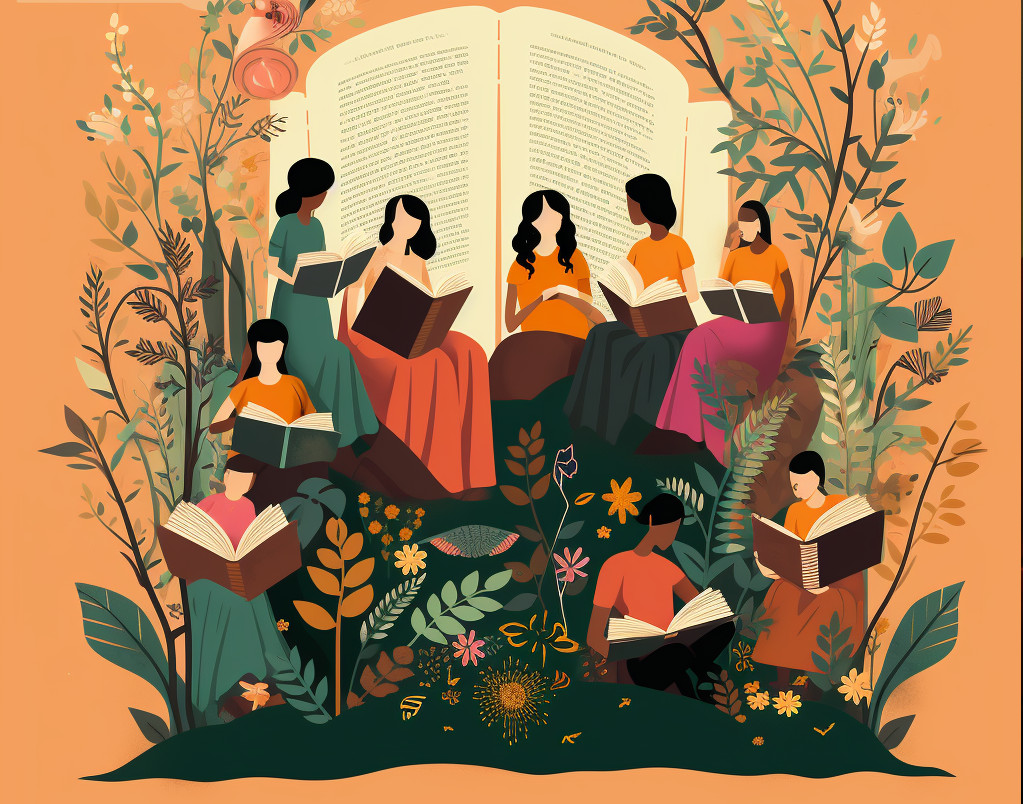
Certain literary genres are distinctly defined, albeit with some overlaps. Science fiction, for example, may occasionally intersect with horror or fantasy, but the lines and distinctions between it and other genres are overwhelmingly accepted in the publishing industry. Comparatively, the limits and characteristics delineating the genre “Women's Fiction” prove more nebulous and intricate for exploration.
What is women's fiction?
Women's fiction is generally defined as a genre of literature that focuses on women's experiences, challenges, and relationships. It explores various themes relevant to women's lives, such as family dynamics, personal growth, friendships, career aspirations, and societal issues. Women's fiction often delves into emotional journeys and self-discovery, providing a nuanced portrayal of female characters and their lives. The genre spans a great deal of territory, and perhaps the most vital commonality is that these novels are heavily marketed to women. [i]
The Shift From 'Chick Lit'
"Chick lit" is a subgenre of women's fiction that emerged in the late 1990s and early 2000s. While all "chick lit" falls under the women's fiction umbrella, not all can be categorized as "chick lit." 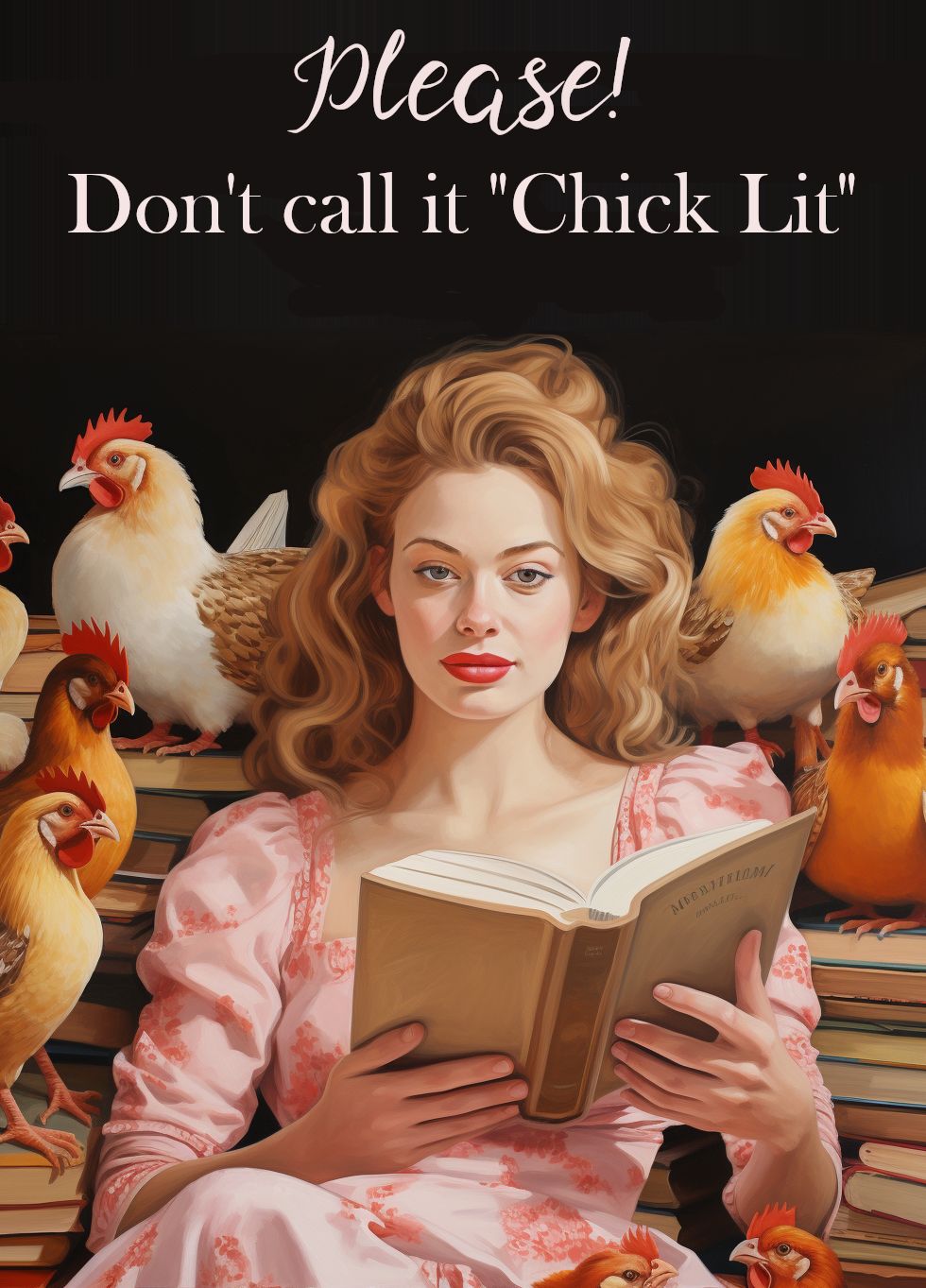 "Chick lit" specifically refers to a subset of women's fiction with a light, humorous tone and often focuses on young women's romantic and personal lives in contemporary settings.
"Chick lit" specifically refers to a subset of women's fiction with a light, humorous tone and often focuses on young women's romantic and personal lives in contemporary settings.
The term chick-lit has fallen out of fashion with publishers, critics, and readers due to changing tastes and oversaturation of the market. When the sub-genre appears, it is now either labelled with the primary genre of “women's fiction,” or under “light” or “funny” women's fiction, or the “rom-com” label appropriated from the film industry. [ii]
Distinctions Between Women's Fiction and Romance Novels
Women's and romance fiction are two distinct genres, although they can sometimes overlap in certain aspects. The primary focus of any romance story is the protagonist's romantic relationship. Women's fiction can focus on any part of the protagonist's life: career, friendships, family or societal issues. While romantic relationships can be present in women's fiction, they are not always the primary driving force of the story. Additionally, the ending of a novel in the women's fiction genre is not necessarily required to be a traditional "happily ever after" for the protagonist's romantic relationship as it is in romance fiction. The resolution may involve personal growth, self-acceptance, or fulfillment in other life aspects.
Correlation Between Women's Fiction and 'Book Club Fiction'
The term "book club fiction" is used by publishers, booksellers, and marketers to highlight books that have certain qualities or elements that make them suitable for book club discussions. Book club fiction can encompass various genres and sub-genres, including literary fiction, historical fiction, women's fiction, mystery, contemporary fiction, and more. 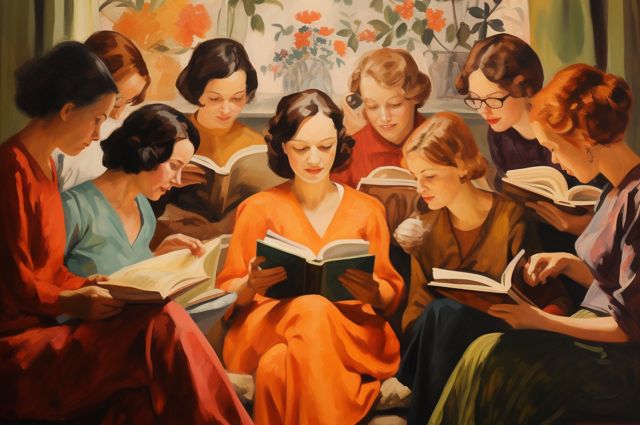 It's not a genre in itself but rather a marketing category that highlights books likely to appeal to book clubs and foster engaging discussions.
It's not a genre in itself but rather a marketing category that highlights books likely to appeal to book clubs and foster engaging discussions.
There is a significant overlap between book club fiction and women's fiction, as book clubs frequently select many books within the women's fiction genre for discussion. As women are the most common consumers of fiction, and the most likely participants in book clubs, perhaps this overlap is to be expected.
The Dubious Connection With 'Beach Reads'
Beach reads is another marketing term the industry uses rather than a genre. It tends to be used by book marketers to describe popular books for light, entertaining reading during the summer or vacation periods. These books are often associated with relaxation, enjoyment, and being consumed leisurely while lounging at the beach or on holiday.
While many beach reads may fall under the category of women's fiction, not all are exclusively women's fiction, nor are all women's fiction books considered beach reads. Beach reads can encompass a variety of genres, including romance, mystery, thriller, contemporary fiction, and more. The term "beach read" primarily refers to the accessibility, entertainment value, and breezy nature of the book rather than a specific genre or target audience.
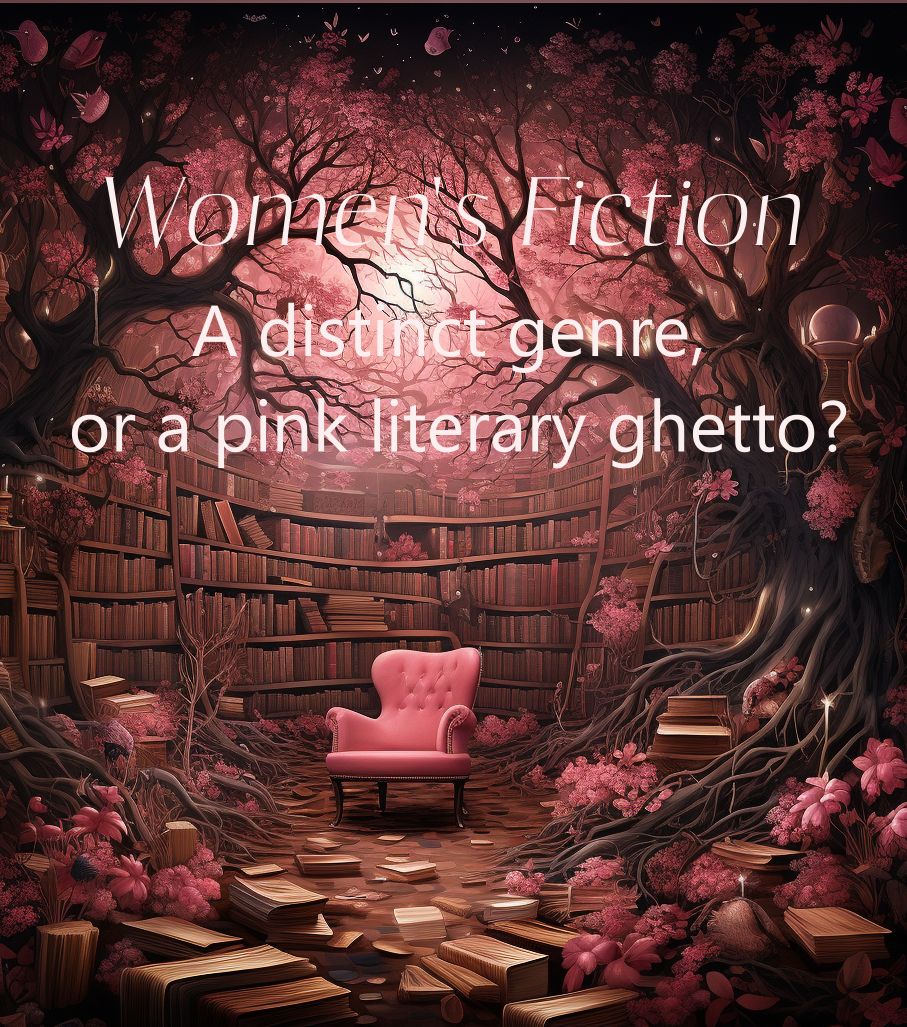
The Gender Factor in Women's Fiction
While women's fiction often focuses on women's experiences and perspectives, it can be written by writers of any gender. While some have argued that men do not write female characters well, [iii] women's fiction can be successfully written by either genre. Nicholas Sparks, for example, is considered one of the pre-eminent writers of women's fiction.
However, some male authors frequently write books that could easily be classified as women's fiction – Nick Hornby, Jonathan Franzen and Jeffrey Eugenides all have written fiction that touches on the themes common in women's fiction. Still, their works are more likely to be labelled “literary fiction” or “historical fiction” than works written by a woman writing on the same themes.
"Women's fiction": A Literary Genre or Marketing Expedient?
While most industry players consider it a genre, there is some debate. Some argue that the Women's Fiction label is a way for publishers to target a specific audience and sell more books. In contrast, others argue that it is a legitimate genre that explores the experiences and perspectives of women. Whether it is a marketing term or a genre may depend on individual perspectives and opinions.
Gender-Biased Literary Classification
The labeling of some books as "women's fiction" is a complex issue that many in the industry have tried to grapple with at some point. Some people believe that the genre is a way to ghettoize female authors and their work, while others believe that it is a useful way to market books to female readers.
There are a few arguments in favor of the "women's fiction" genre. First, it can be helpful for readers who are looking for books that specifically address the experiences of women. Second, it can help to promote female authors and their work. Third, it can create a sense of community among female readers.
However, there are also some arguments against the "women's fiction" genre. One is that it can be seen as a way to stereotype women's interests and experiences. Another is that it can be used to dismiss books that are written by women but do not fit neatly into the genre.
Ultimately, whether or not the "women's fiction" genre should exist is a matter of personal opinion. There are valid arguments on both sides of the issue. However, it is important to be aware of the potential implications of the genre, both positive and negative.
As for how such an impression could affect publishers, it is possible that some male readers might be less likely to pick up a book that is labeled as "women's fiction." Additionally, the fact that some books are shelved as “women's fiction” may lead some women to understand that other books are not for them, and that the default reader is male. This could lead to lost sales, especially since most readers of fiction are, in fact, women.[iv]
However, it is also possible that the "women's fiction" genre could actually help publishers by attracting more female readers. After all, many women are looking for books that specifically address their experiences. By labeling some books as "women's fiction," publishers can help to ensure that these books are seen by the right audience.
Ultimately, the decision of whether or not to label some books as "women's fiction" is a complex one that publishers should consider carefully. There are both potential benefits and drawbacks to the genre. Publishers and booksellers need to weigh these factors carefully before making a decision.
[i] Mark Malatesta, 'Women's Fiction Genre - Complete List of Book Genres,' Book Genres, 2018 <https://book-genres.com/womens-fiction-genre/>.
[ii] 'What Is Chick Lit? Definition and Examples - Poem Analysis' <https://poemanalysis.com/genre/chick-lit/>.
[iii] Michele Willens, 'The Mixed Results of Male Authors Writing Female Characters,' The Atlantic, 2013 <https://www.theatlantic.com/sexes/archive/2013/03/the-mixed-results-of-male-authors-writing-female-characters/273641/>.
[iv] Weiner, Eric, 'Why Women Read More Than Men', NPR, 5 September 2007 <https://www.npr.org/templates/story/story.php?storyId=14175229>.
Read These Next
So You Want To Become An Audiobook Publisher
While financial barriers to entry into print and ebook publishing have decreased significantly in recent years, starting up as an audiobook publisher still carries some significant costs.
Cashing in on Christmas: Writing and Marketing Christmas Books
Christmas, undoubtedly, is the most commercial time of the year. The fact that 25% of trade books are bought as gifts makes it a very interesting time for authors, publishers and booksellers as well.
Aim Your Story at the National News Media
The PR Rainmaker knows: For maximum success, always start at the top.






